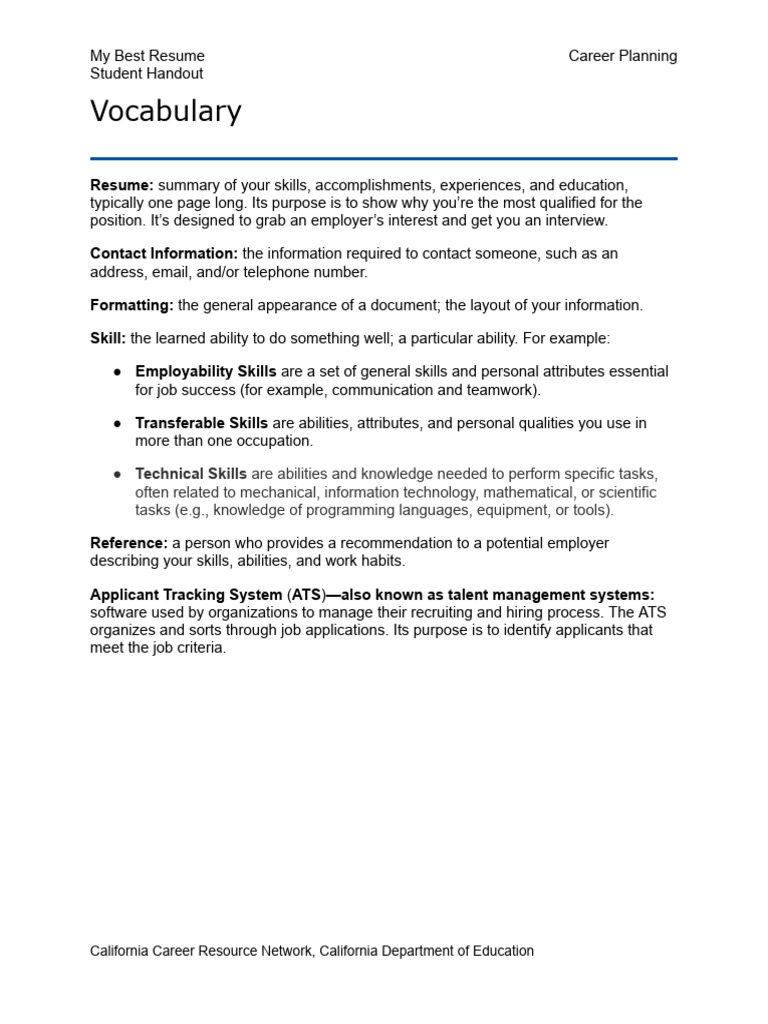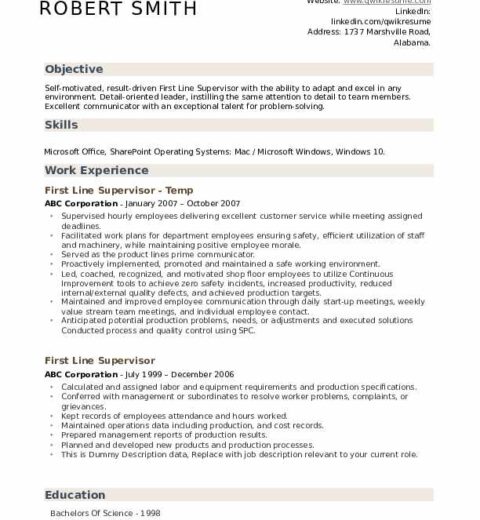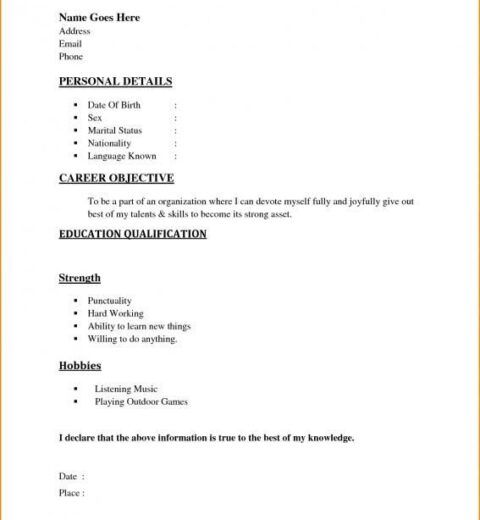Writing a resume is a critical endeavor that can significantly influence your career trajectory. It serves as a succinct representation of your professional history and skills, providing potential employers with a first impression that can dictate the outcome of your job application. Crafting an effective resume necessitates an understanding of its fundamental elements, the various formats available, and strategies for customization. This article delves into the essential components of a resume, the insights behind different resume types, and tips for tailoring your document to fortify your application.
Understanding the Purpose of a Resume
A resume’s primary function is to showcase your qualifications for a specific position. It is a marketing tool that needs to captivate and convince employers of your suitability for a job. A resume distills your experiences, competencies, and achievements into a framework that is easy to digest while emphasizing what you can bring to an organization.
Key Components of a Resume
Every resume generally encompasses several key sections: contact information, a summary or objective statement, work experience, education, and skills. Elements such as certifications, volunteer work, or additional sections can bolster your resume, but the inclusion of these should be strategic and relevant.
1. Contact Information
Your contact information should appear at the top of your resume. It must include your name, phone number, email address, and, optionally, your LinkedIn profile or portfolio website. Ensure that your email address is professional and devoid of any frivolity.
2. Summary or Objective Statement
The summary or objective statement provides a brief overview of your qualifications and goals. The summary is best suited for those with extensive experience, highlighting key accomplishments and skills succinctly. Conversely, an objective statement may benefit recent graduates or individuals transitioning careers by emphasizing your aspirations and the value you intend to contribute.
3. Work Experience
This section is the cornerstone of your resume. It encompasses your employment history, detailing each position held. Present the information in reverse chronological order, listing your most recent job first. For each role, state the company name, location, your job title, and employment dates. Use bullet points to enumerate specific responsibilities, integrating action verbs and quantitative achievements to illustrate your impact.
4. Education
Your educational background follows your work experience. Indicate the name of the institution, its location, the degree conferred, and graduation date. If you graduated with honors or specialized in a relevant field, include that information as well. For those who have completed postgraduate or continuing education, it may supersede your undergraduate accomplishments.
5. Skills
The skills section merits careful consideration. Focus on hard and soft skills relevant to the job you seek, making sure they align with those emphasized in the job description. Categorizing skills into technical proficiencies, languages, and interpersonal qualities can enhance organization and aesthetic appeal.
Different Types of Resumes
There are several formats of resumes, and the choice of structure can depend on your career stage, industry, and the specific job you are targeting. The three primary types are chronological, functional, and combination resumes.
1. Chronological Resume
This is the most widely accepted format. It emphasizes your work history in reverse chronological order, making it easy for employers to follow your career trajectory. This format is ideal for those with a solid employment history in a single field.
2. Functional Resume
In contrast, a functional resume prioritizes skills over chronological work history. This format can be advantageous for individuals with gaps in employment or those pivoting to a new industry, allowing them to showcase transferable skills. It focuses on competencies and achievements rather than job titles and dates.
3. Combination Resume
A combination resume merges elements of both chronological and functional formats. It provides an overview of skills followed by a chronological listing of work experience. This format is suitable for those possessing both diverse skills and a coherent career path.
Tailoring Your Resume
Each resume should be tailored to the specific job for which you are applying. Review the job description meticulously, and incorporate relevant keywords and phrases. Highlight experiences and skills that align with the job requirements, and adjust your summary or objective statement accordingly. Emphasizing aspects of your background that resonate with the company’s culture or values can also enhance your application.
Formatting and Presentation
While the content of your resume is paramount, presentation plays a vital role in creating a positive first impression. Use a clean, professional font and sufficient white space to improve readability. Consistency in formatting, such as font size and bullet point style, enhances professionalism. Additionally, limit your resume to one or two pages, depending on your career stage, as conciseness is key.
Final Review and Editing
Once your resume is meticulously crafted, conduct a thorough review. Grammatical errors or typographical mistakes can undermine your credibility. Utilize tools or ask peers for feedback. A polished and well-organized resume is an invaluable asset in your job search, reflecting your attention to detail and professionalism.
Crafting a resume requires skill, self-reflection, and the ability to convey your professional journey in a structured manner. Consider each element carefully and present yourself engagingly. With attention to detail and a strategic approach, your resume can serve as a powerful advocate on your career path.




